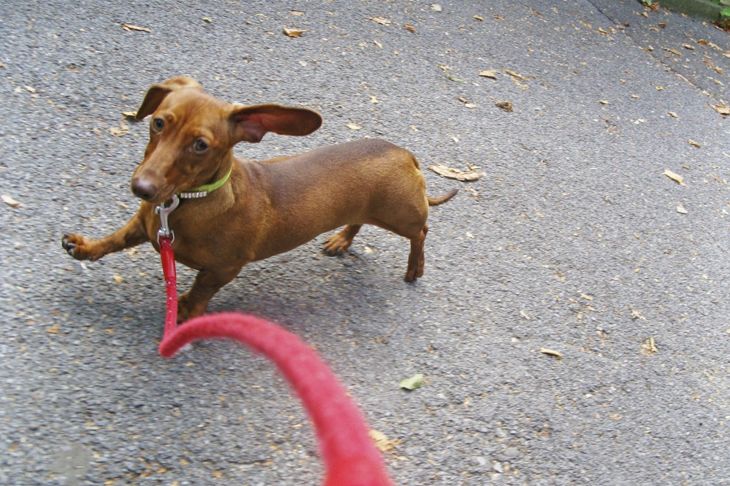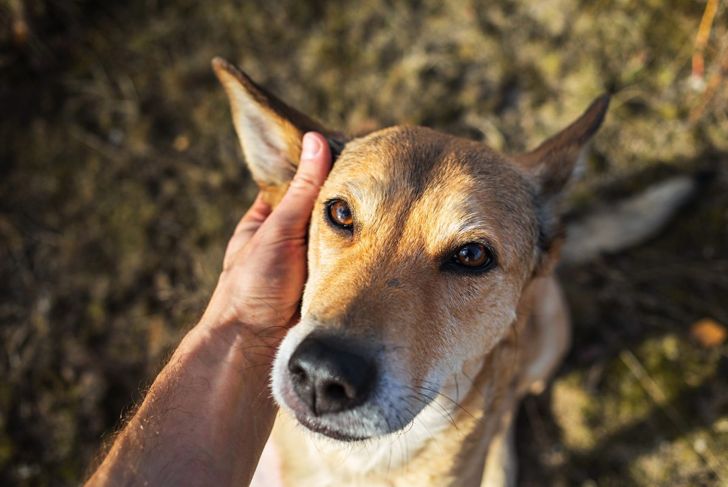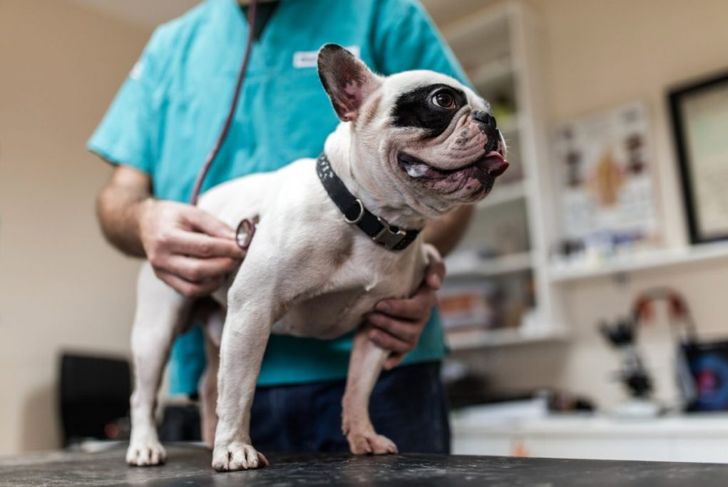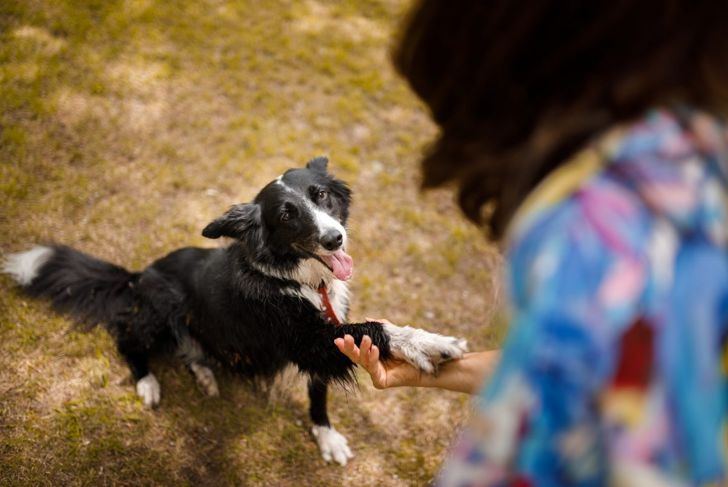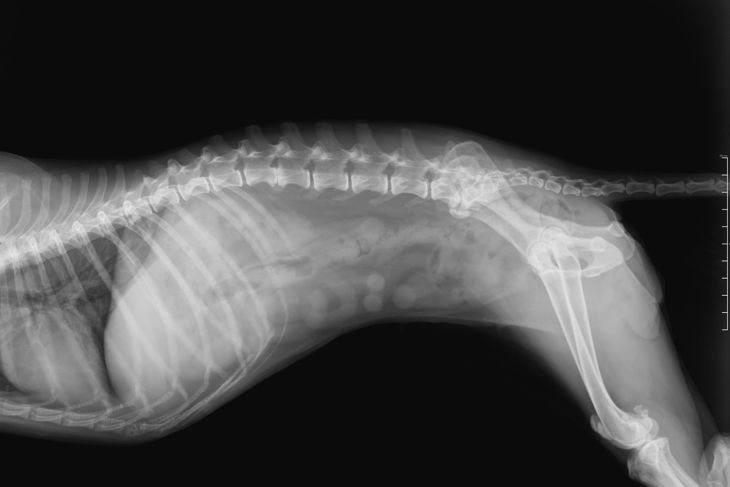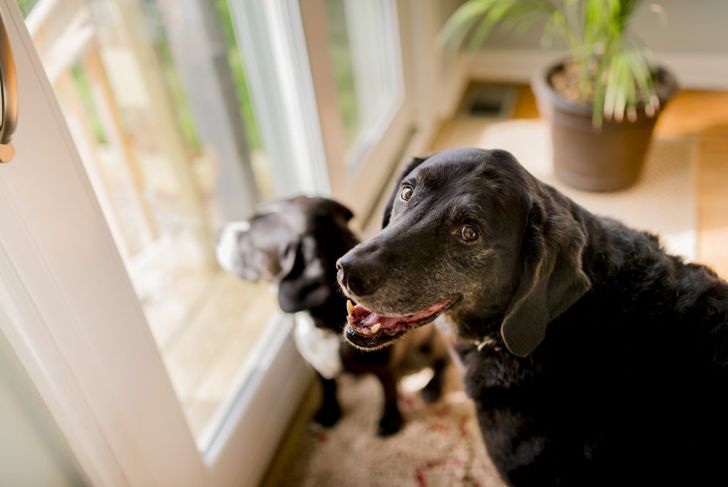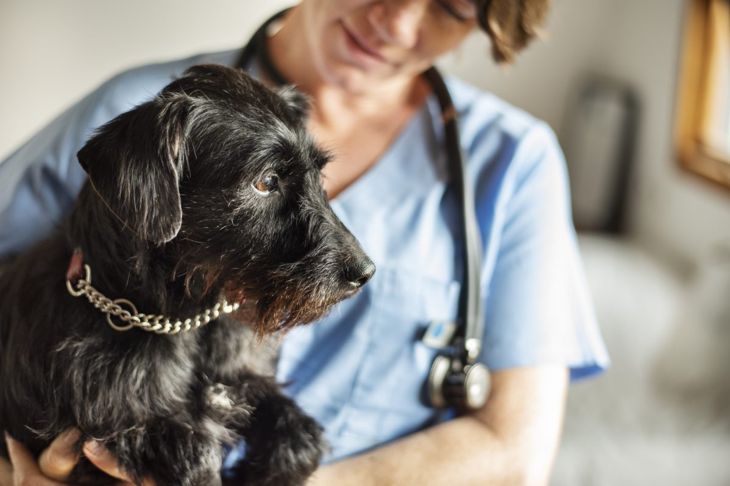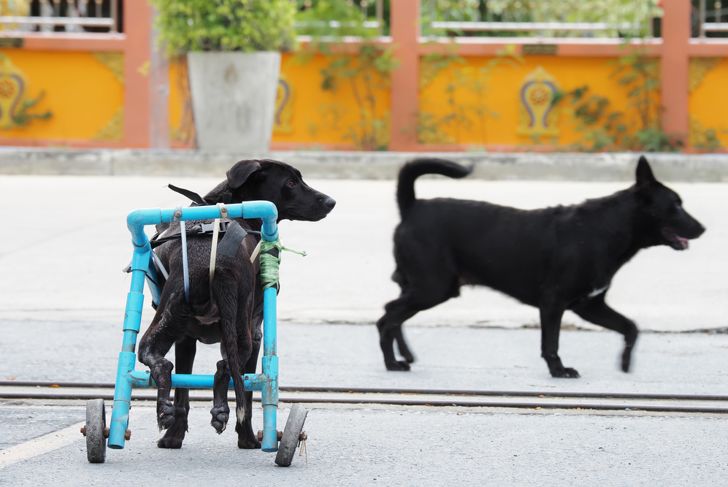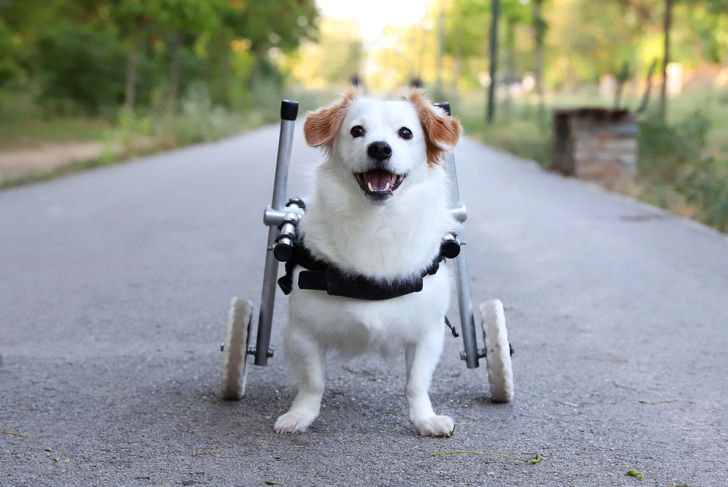We, humans, are no strangers to back pains and even partially herniated discs in our spine. Similarly, our four-legged friends can also experience this pain and discomfort with all the usual side effects: numbness, tingling, even losing the ability to move. Terrifying for you and your doggo. The medical term for this is “Intervertebral Disc Disease,” aka degenerative disc disease. Not necessarily linked to trauma, the condition can mimic other more serious illnesses. Although IVDD can affect any dog, some breeds are most prone to the condition.
What causes IVDD?
A variety of issues can cause degenerative disc disease. One is the breed Two is age—most dogs with IVDD are middle-aged or age three – seven. Experiencing a trauma, such as being hit by a car, a missed jump, or another accident, can also lead to the condition. Being overweight can also be a contributing factor. Just like any creature with a spine, dogs’ spines are protected by bone and cushioned by discs, which act as shock absorbers. As a dog ages, just like with humans, the discs begin to lose their flexibility.
What are the symptoms of IVDD?
A bulging disc, a partially herniated disc, or a ruptured disc can produce a variety of symptoms. If your dog cries out when you pick them up, suspect IVDD. Sometimes IVDD can manifest in sudden paralysis, which is very alarming. Severe pain can cause your best friend to shiver for no apparent cause. Neck stiffness or avoidance of typical fun activities (think running and playing) are also cause for concern. Sudden incontinence or leg dragging are other common signs. If your dog is experiencing any of these symptoms, get your pup to the vet ASAP.
How is IVDD diagnosed?
Besides a complete physical examination, your vet may use several diagnostic tests to pin down the issue or make a referral to a specialist. A spinal x-ray is common. In some cases, an MRI or CT scan may be ordered. Some vets may prefer a myelogram, where dye is shot into the spinal cord before a CT scan. Of course, your buddy will be sedated for this procedure.
Can IVDD get better?
Depending on the severity of the condition, it is possible for your doggo to recover quite well. If there is paralysis or paresis (partial paralysis), your pup will need surgery. Most dogs show great improvement within weeks post-surgery. If the condition is at an earlier stage, a regimen of rest, sedation, pain management, and physical therapy can help. Other modalities are therapeutic massage, which most dogs tolerate very well. Some specialist vets are using hyperbaric oxygen therapy to help dogs heal from IVDD.
How much does IVDD surgery cost?
In the U.S., IVDD surgery typically costs between $3,000 to $8,000. Count your blessings if you have good pet health insurance. In fact, if you adopt or buy a doggo who is a high-risk breed for IVDD, you owe it to yourself and your pup to get insurance.
How long will my baby be in the hospital?
Depending on how extensive the surgery is, your pet may be discharged as early as three days post-op. Sometimes, they need to stay longer, especially if they can’t urinate on their own. It’s not uncommon for post-surgical doggie patients to be discharged with a urinary catheter still in place.
Are there other treatment options for IVDD?
Yes. Recent studies have shown that a combination of traditional surgery and post-surgical electroacupuncture can really help. So can certain herbal supplements such as turmeric or CBD. Other modalities can include cold laser therapy, essential oils, and water therapy.
Are there suggested post-surgical lifestyle options available?
Doggie steps or ramps are the most often suggested help post-IVDD. Often, IVDD is caused by something as simple as a failed jump on or off the bed or the sofa. Also, consider your dog’s weight—if she’s a little chubby or just plain obese, begin to cut down on her treats as well as the amount of food she’s fed each day. This will be a challenge now that it’s harder for her to be active, but it will help.
What about doggie wheelchairs?
If your dog still has some weakness in his rear legs following IVDD surgery or treatment, it may be time to consider a doggie wheelchair. There are rear-leg wheelchairs as well as four-leg chairs, depending on your pet’s condition.
Who created doggie wheelchairs, anyway?
Veterinarian Lincoln Parkes came up with the idea of a pet wheelchair back in the 1970s. At that time, disabled pets were usually euthanized. That didn’t sit well with Dr. Parkes, who began experimenting with mobile devices for companion animals. He came up with the prototype of the K-9 Cart. Since then, he’s had a lot of competitors, but Dr. Parkes surely was a game-changer.

 Home
Home Health
Health Diet & Nutrition
Diet & Nutrition Living Well
Living Well More
More